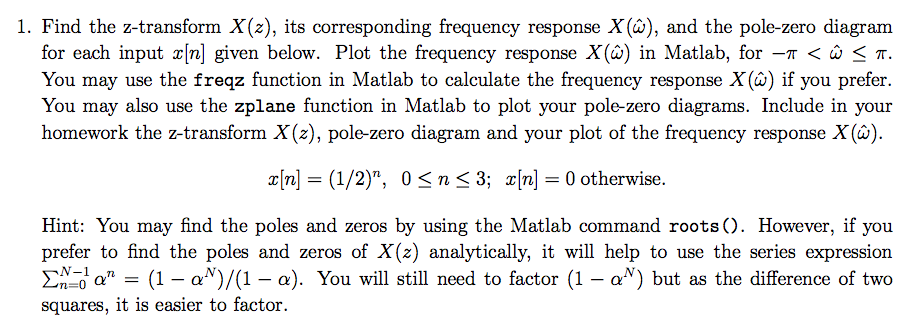

Then the type-1 Fourier transform and inverse transform are: G1#k' ˆ g#x' e Ikx¯x and: g#x' 1 cccccccc 2S ˆ G1#k' eIkx¯k In this case the transform is a function of the wavenumber k = 2S/O. But in general, the Laplace and Fourier transforms are nice because they convert certain difficult mathematical operations into easier ones: Differentiation -> Multiply by s Integration -> Divide by s Convolution of two response functions -> Fourier Transform theory is essential to many areas of physics including acoustics and signal It also contains examples from 1 / 6. The Fourier transform: The Fourier transform can be viewed as an extension of the above Fourier series to non-periodic functions. Since, the Fourier integral is defined if and only if is integrable. Then, these are recombined into two four-point transforms, and finally into the 8-point transform of interest. In this class we will almost always be using the "type-1" convention. S ( ω) is called the Fourier transform of s (t). In general S ( ω) is a complex-valued function composed of harmonic frequencies, phases, and their amplitudes obtained from the Fourier expansion.

This transformation is known as the Fourier transform.

The DFT is the most important discrete transform, use to perform Fourier analysis in many practical applications.


 0 kommentar(er)
0 kommentar(er)
